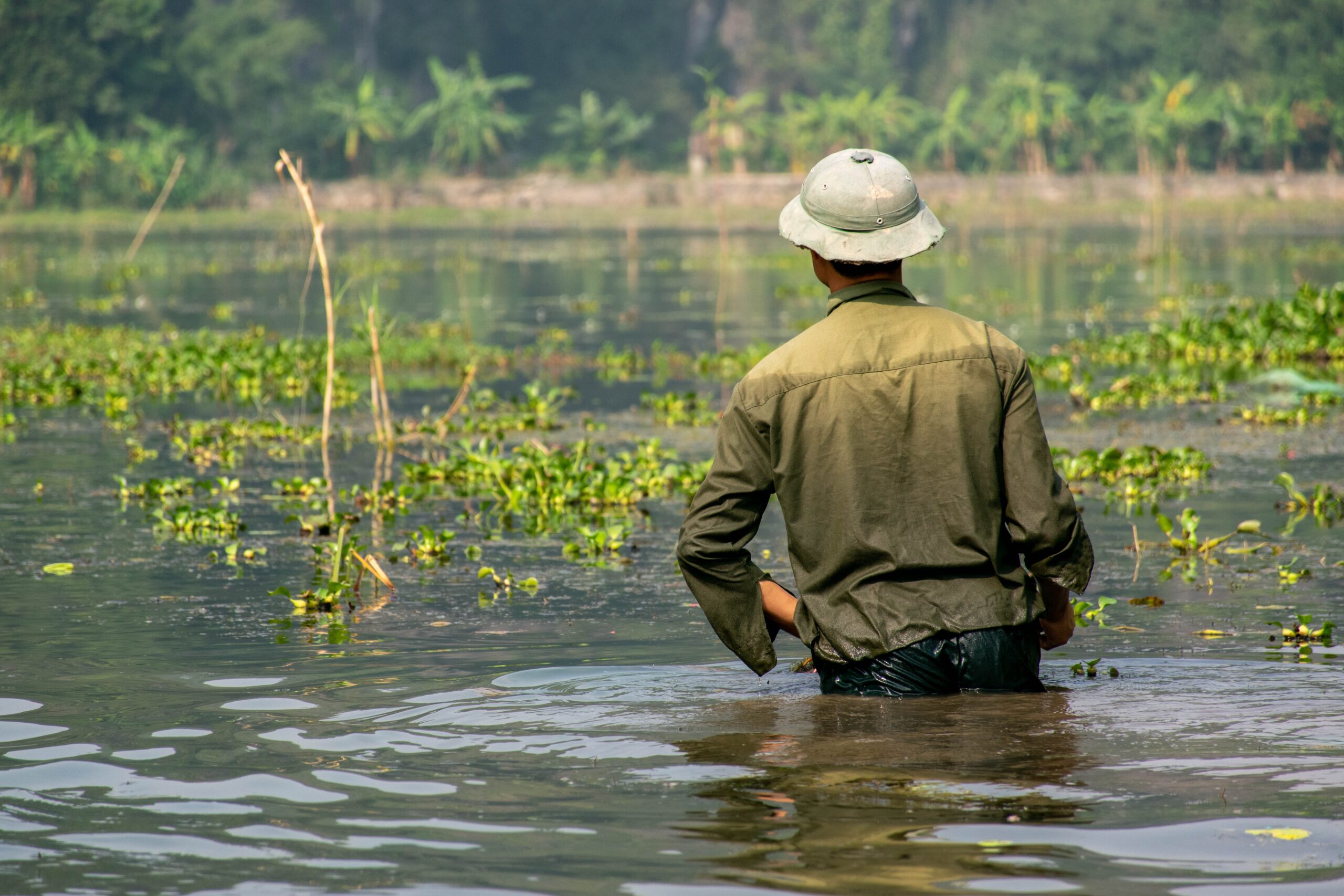The catastrophic Assam flood 2020 has caused immense damage and destruction all over the region. From the loss of life and property to the erosion of natural resources, the floods in Assam have affected more than 36 Lakh people so far. In addition to this, in the wee hours of July 16, an earthquake with a magnitude of 4.1 on the Richter scale hit Assam’s Karimganj, informed the National Center for Seismology (NCS).
Rescue Operation
The data on the official website of the National Disaster Response Force (NDRF) confirms that the NDRF teams have carried out rescue operations in flood-affected areas of Barpeta District.
“NDRF teams reached the site and evacuated 487 marooned villagers and transported them to safer places. Teams are also assisting district administration in the distribution of masks, screening inundated areas, and maintained proper social distancing due to the COVID-19 emergency. More than 950 marooned villagers evacuated this year’s monsoon season by first Battalion NDRF Guwahati,” NDRF said in a statement.
“A total of 11 search and rescue teams of NDRF are pre-positioned deployed during the Assam floods regions i.e. Jorhat, Bongaigaon, Kamrup Metro, Kamrup Rural, Baksa, Barpeta, Cachar, Sivasagar, Sonitpur, Dhemaji, and Tinsukia. NDRF control room keeping a close watch in other (Assam) flood-affected areas,” it said.
Worst-hit Districts
The worst-hit districts in 2020 Assam floods are Dhemaji, Lakhimpur, Biswanath, Sonitpur, Darrang, Baksa, Nalbari, Barpeta, Chirang, Bongaigaon, Kokrajhar, Dhubri, South Salmara, Goalpara, Kamrup, Kamrup Metropolitan, Morigaon, Nagaon, Hojai, Golaghat, Jorhat, Majuli, Sivasagar, Dibrugarh, Tinsukia and Karbi Anglong.
It is pivotal to recognize the distress that has fallen upon the Tea estates of Assam. The tea industry in Assam is about 172 years old. It occupies an important place and plays a very useful part of the national economy.
According to a recently conducted door to door survey by the Industries & Commerce Department, some of the facts given below:
(1) No and growth:
- Total numbers of small growers in 14 surveyed districts of Brahmaputra Valley is 68,465.
- Maximum growth occurs from 1996 to 2005.
- Growth in five upper Assam district is 64,519 (94%).
- Apart from upper Assam, the districts of Udalguri, Sonitpur and Nagaon have seen remarkable growth.
(2) Land under Tea Cultivation by Small Tea Growers
- Total area of land under tea cultivation of small growers is 117 thousand acres.
(3) Production of Green Leaf
- 400 million Kg of the green leaf was produced by the Small growers.
Huge losses incurred by Assam Tea estates during the Assam flood 2020
While the Distribution of Small Growers in Dibrugarh and Tinsukia districts of upper Assam have remarkable numbers of small growers and their number is 37,755 (55%). The Udalguri, Sonitpur, Nagaon and Karbi Anglong districts have seen a rising trend. It is disheartening to see that the catastrophe has engulfed the Tea estates of Darrang district, Budlapara, Corramore, and Attareekhat gardens in Udalguri district and Ananda, Silonibari and Dejoo tea estates in Lakhimpur district.
A report by Telegraph India highlights the anguish Assam flood 2020 have brought, adding to the already existing COVID-19 woes. has added to the woes of the Assam tea industry, which is already passing through an extremely bleak phase. A statement issued by the Assam Branch Indian Tea Association (Abita) said if the present situation prevails, the prospects of production in its tea estates may suffer a severe setback, which would have an impact on the overall annual production.
Abita has 275 member gardens, whose total production in 2018 was 246 million. “High temperature, high-intensity rainfall, and less sunshine due to the frequent overcast sky has affected tea bush productivity with multiple cumulative short, medium, and long-term effects on the tea bushes,” it said. “The need of the hour is support from the government towards formulating a plan of action to prevent the recurring floods in the tea estates to ensure the survival of the estates and employment of workers,” it added.
Incessant rain in Arunachal Pradesh and Assam has led to the Brahmaputra and almost all its tributaries being in spate affecting many Abita member tea gardens.
Speaking to The Wonk, on Assam flood 2020 a civilian said: “It happens every year and we don’t know who we should question, the authorities or the media. The media, which hardly ever covers stories from here or nature itself. Is it the wrath of nature or simply negligence and lack of planning by the authorities? I guess we should let our extravagant Tea estates answer that!”
Let’s all hope and pray for the region to recover and go back to being prosperous again.

